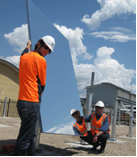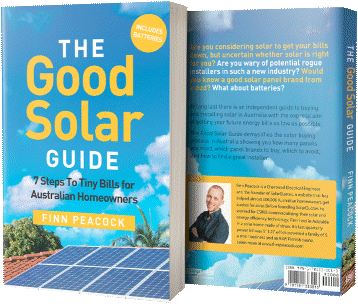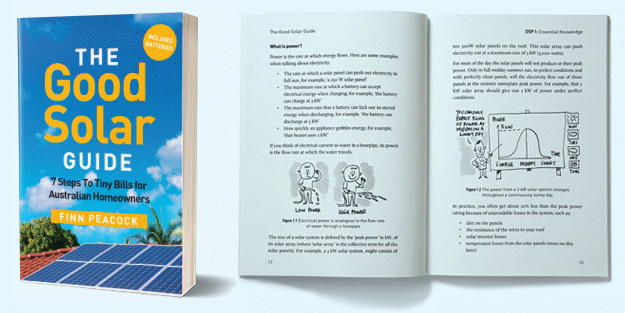Last week we examined the point of view of academic Mark Diesendorf who stated that the much villified carbon tax will probably be insufficient to encourage renewable energy investment in Australia. This week we look at the opposing view and find that overseas renewable energy companies are indeed putting their hands in their pockets to fund renewable energy schemes in Australia, particularly those looking at exploiting our abundant sun.
These companies are looking at taking advantage of the positive renewable funding climate in our country, support which is expected to be funded through revenue supplied by the contentious carbon tax. [Read more…]



 RSS - Posts
RSS - Posts



Currently Raging Debates: